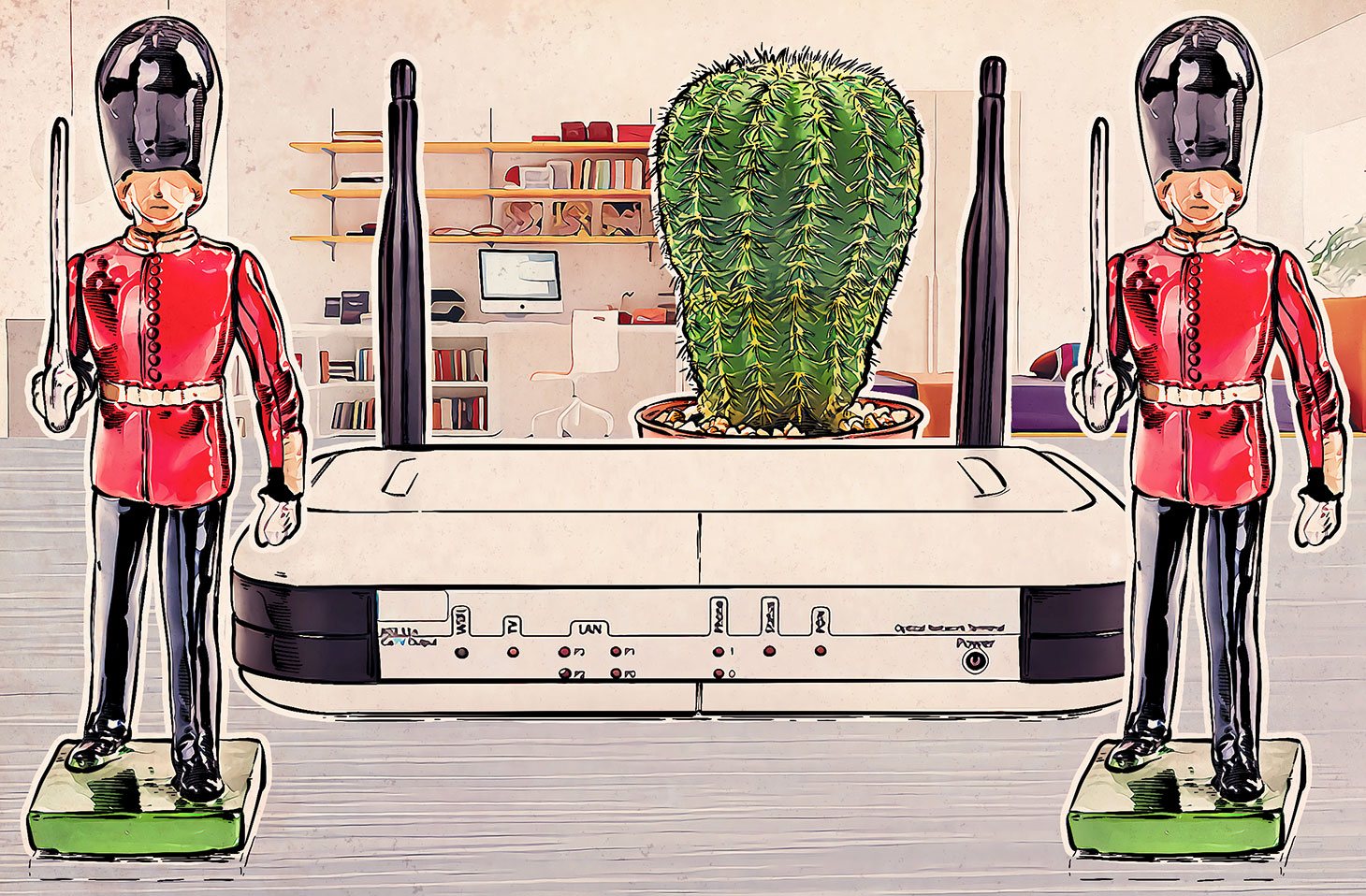5 tips to protect your home network
Credit to Author: Jeffrey Esposito| Date: Fri, 12 Oct 2018 14:34:11 +0000
For the second year in a row, Kaspersky Lab has signed on as an official Champion of National Cyber Security Awareness Month (NCSAM). Over the course of the month, we will be focusing on security topics that can be used by both businesses and consumers alike. For the first week, we will focus on securing your home.
So, let’s get started. Do you:
- Have Wi-Fi in your house?
- Have at least one device connected to the Internet?
- Ever have friends or family over?
Now, the big one:
- Are you sure everything is secure?
Go ahead and answer — no one is watching (or are they? We’ll come back to that a bit further down). By the end of this post, you will have a more sound answer for No. 4 than you probably do now.
1. Secure your computer
Perhaps the simplest place to start with home security is to secure your actual devices. Computers, tablets, and phones are all susceptible to malicious infections from the Internet or from apps that are more than meets the eye — or that are free, but with a catch.
To protect your devices, the best advice is to install a good antivirus solution. There’s no shortage of capable products reviewed by trusted, independent professionals. They range greatly in price, and you can even get some free. I recommend our Kaspersky Security Cloud product because it offers the most advanced protection and covers multiple devices including PC, Mac, Android, and even iOS devices.
On top of a good antivirus program, it is also a good rule of thumb to download apps only from official sources — Google Play, Apple’s App Store, or the app’s site. Doing otherwise, you risk ending up with a somewhat modified version of the app you were looking for, with extra features like filling your screen with ads, spying on you, mining cryptocurrencies at your expense, or even stealing your bank account login.
2. Secure your Wi-Fi
When you had Internet connectivity added to your home, your provider probably installed its own combination modem/router, named your home network, and set up a password for you. If you didn’t change that name and set a new password afterwards, now’s the time. The main reason is that you are paying for the service, why let someone take it from you?
Most routers have a default username and password like admin/admin or admin/password. A simple Google search for your router model will yield those default credentials. From there, they can rename the network, set a new password, and reconfigure any other available options. Or, you can. Do that now. While you’re in there, be sure to update the router’s firmware.
You should also set up a guest network for friends and family who visit your home. I named mine “FBI Van” just to mess with people — I won’t mention the name of the main Wi-Fi here — and, obviously, gave it a different password.
3. Secure smart devices / Internet of Things
Now, if you are connecting IoT devices to your network, I would suggest hooking them up to your guest network rather than the main one, and also changing their default passwords. You may be wondering why you should change the password.
The answer lies in the same issue as the router defaults mentioned earlier. Most IoT devices have a default password that is just a Google search away. Go ahead and check it out for yourself, and then work on changing yours.
A reason this issue causes concern is that many criminals have infected these devices and are adding them to botnets at an alarming rate.
4. Blindfold Big Brother
Earlier, we asked if anyone was watching you. In some ways, it was a small joke, but it really is sensible to be cautious when it comes to your computer’s webcam. Many apps and websites ask for access to your camera and microphone. What are they doing with it? Well, you never know for sure, but there is a chance that someone, somewhere in the world is actually watching you.
How can you avoid this? You can throw a piece of tape over the camera or buy a webcam protector that you open only when you want to use your camera. Good antivirus programs also offer the ability to restrict access to cameras — a feature I highly recommend.
5. Keep out USB threats
One other threat needs to be mentioned, something that affects not only businesses, but also everyday people like you or me.
Have you ever found a USB stick in a parking lot, park, office lobby, or somewhere else? If I shook my Magic 8-Ball, I think it would say signs point to yes. With the amount of trade-show swag and giveaways we all encounter, these devices are basically a dime a dozen, so dropping one won’t cause too much angst.
Now, if you find one, should you plug it into your computer and see what surprises lie within? The answer is just two letters long: No! You see, not only will curiosity probably kill the cat, but it can also bring malware or a hidden cryptocurrency miner onto your device. Don’t believe me? Look no farther back than 2010, when the Stuxnet virus infected the network of an Iranian nuclear facility through a good old USB stick.
Fast-forward to 2018 and recent research from Kaspersky Lab shows that USB sticks and other removable media are still very popular among cybercriminals as a means of infection.
I hope these tips help you and bring you a few steps closer to a secure home network. I would also suggest reading up on the tips we offer on Kaspersky Daily to further boost your levels of security.